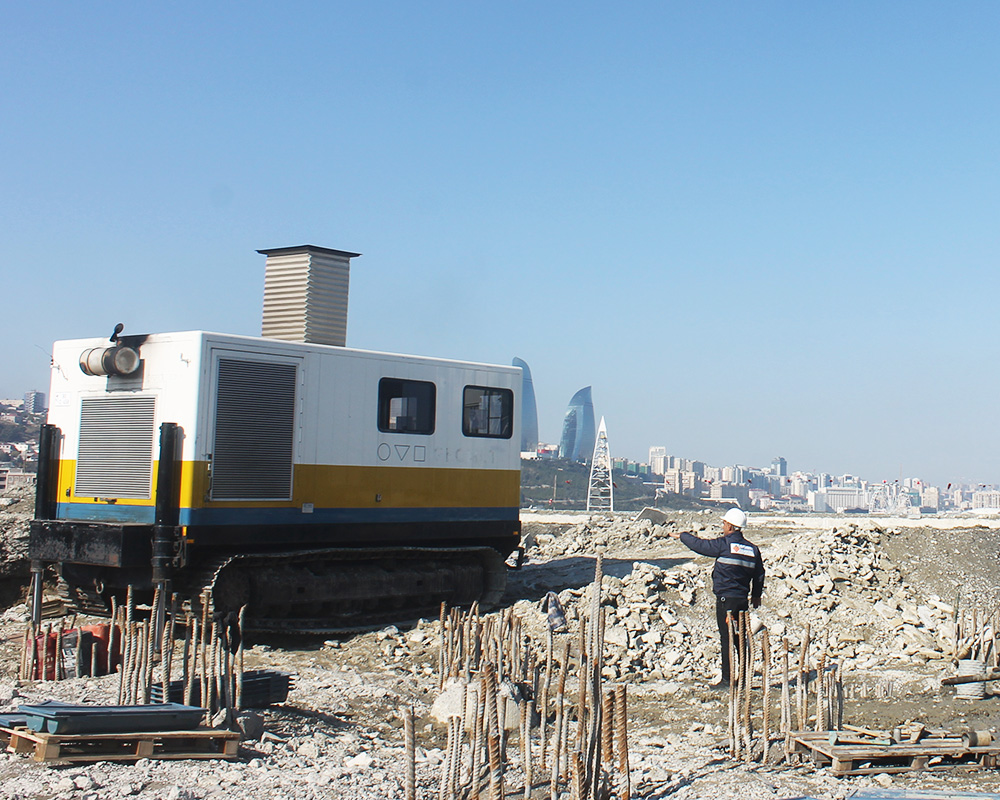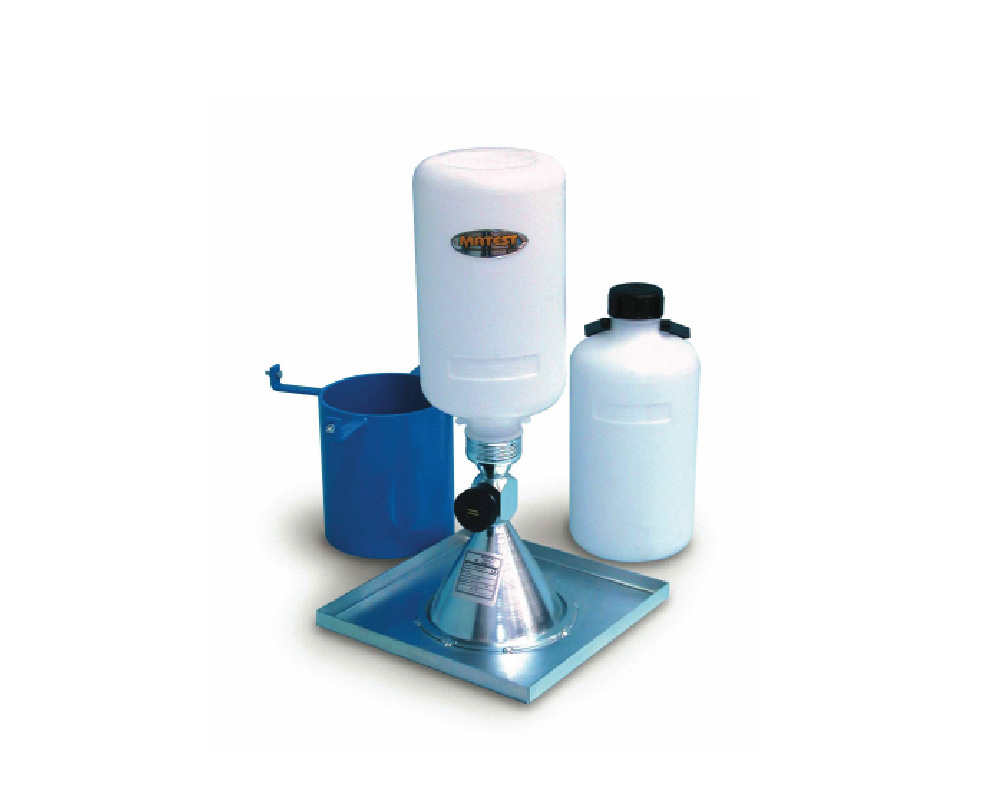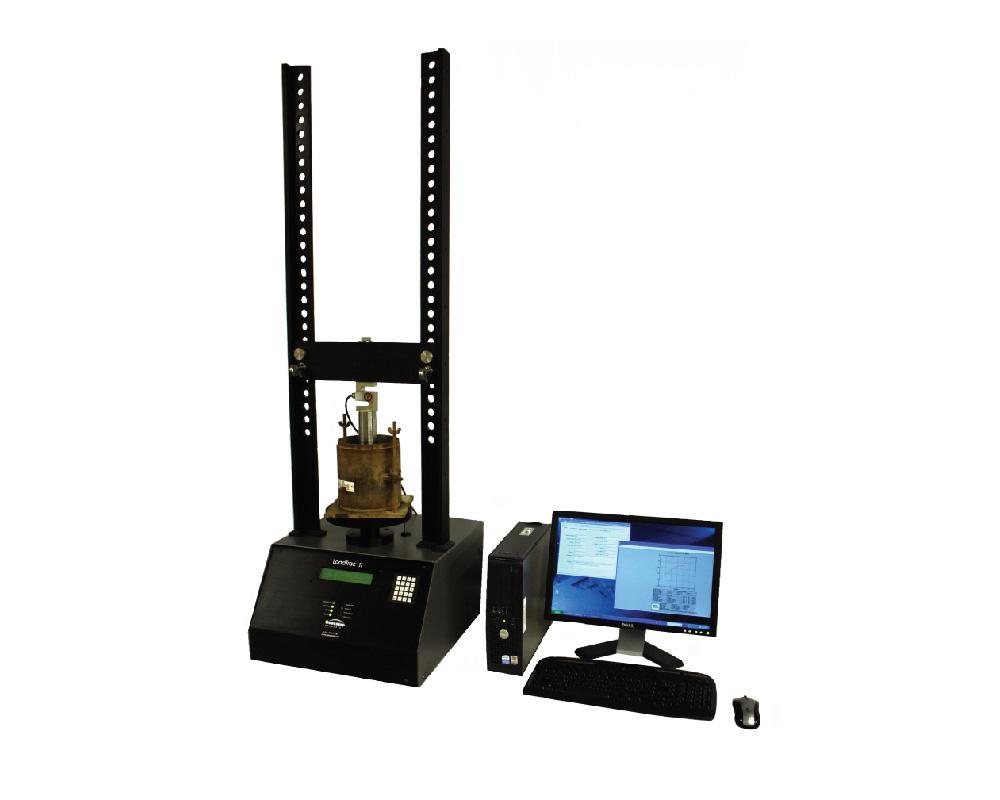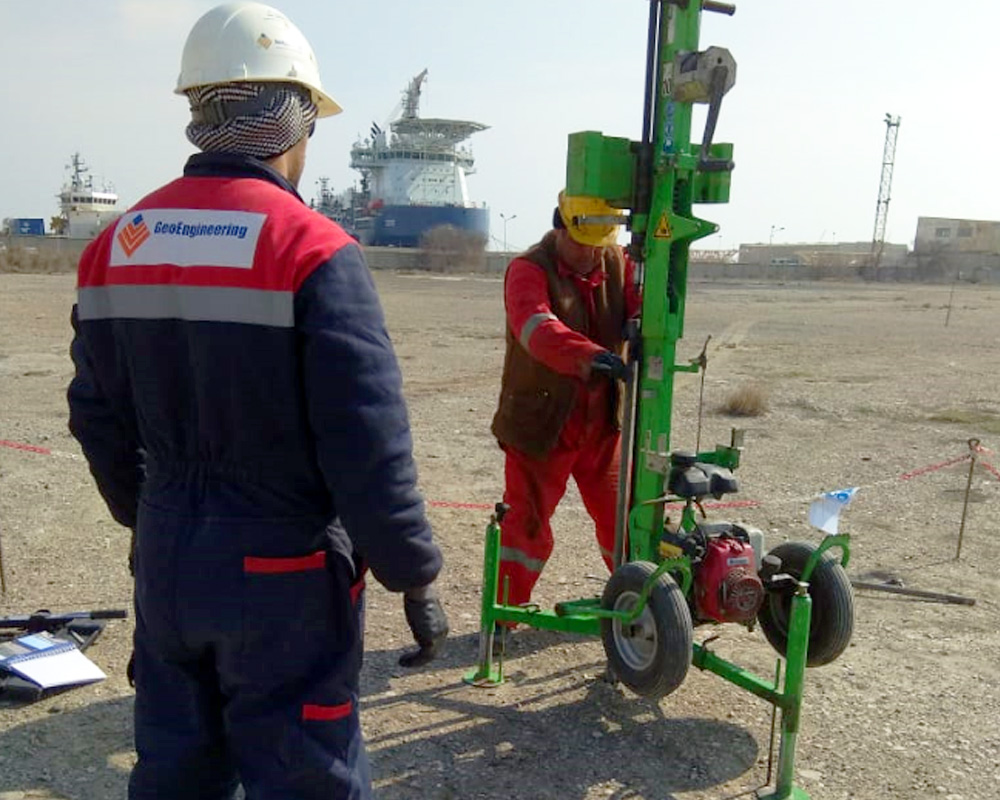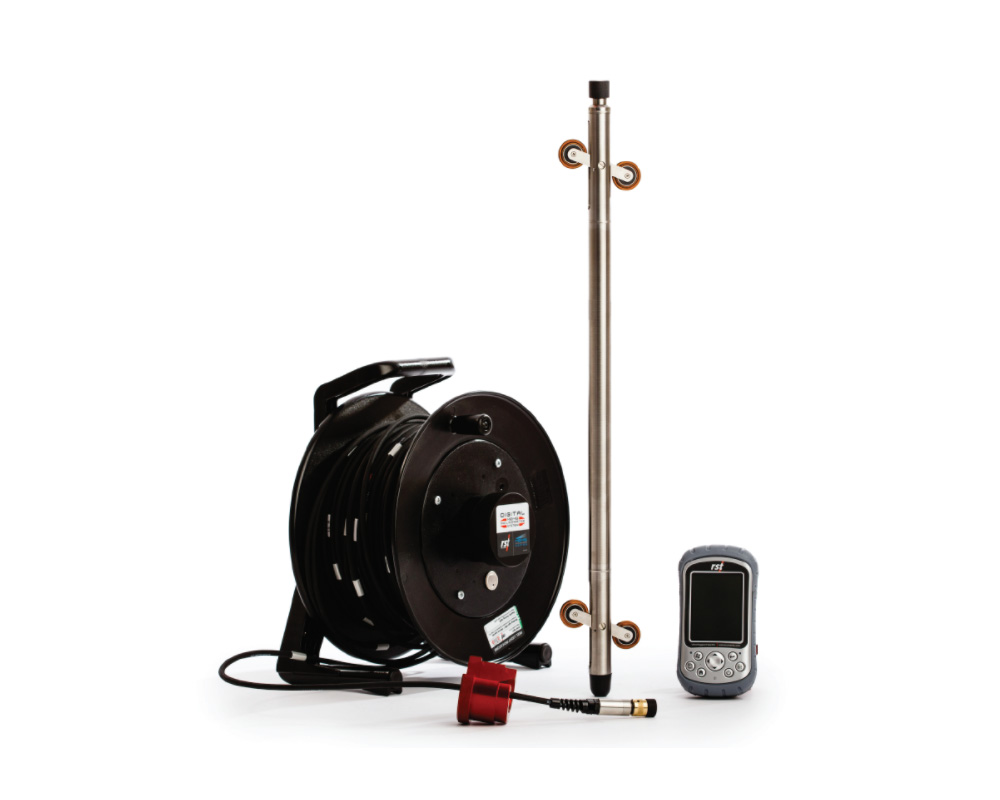Onshore Geotechnical Survey
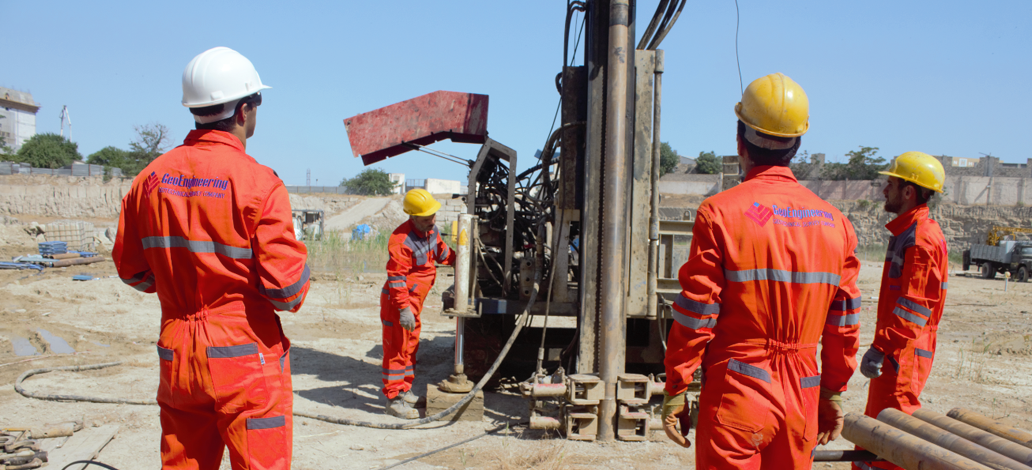
GeoEngineering Ltd offers a full geotechnical service ranging from site investigation, through to geotechnical consultancy. Our integrated specialist teams work in combination to provide enhanced geotechnical data about onshore and near shore geotechnical investigations. The purpose of geotechnical drilling is to obtain information about soil consistency and structure, groundwater level and recommendations for the technical project. Geotechnical investigation involves in-situ testing, subsoil sampling and laboratory testing of the soil samples.
In-situ tests for Geotechnical Investigations:
· Standard Penetration test
· Cone Penetration test
· Plate load test
· California Bearing Ratio test
· Dynamic Probing test
· Field density test
Download catalogue
-
Standard Penetration Test
GeoEngineering carries out Standard Penetration Tests (SPT) to provide an indication of the density and/or consistency of the ground and to obtain disturbed samples for visual inspection and laboratory testing and classification as per BS 1377: 1990.
· Fall of Hammer: 75 cm or 300 inches
· Weight of Hammer: 140 lbs or 63.5 kg
· Penetration: 45 cm or 100 blows
· Maximum Blow: 100 blows
-
Cone Penetration Test
GeoEngineering carries out Cone Penetration Tests
(CPT) to acquire quasi continuous soil data during a geotechnical site
investigation using a crawler-mounted and (or) track-mounted 20-ton cone
apparatus. CPT soundings are performed using an electrical cone in accordance
with EN ISO 22476-1, DIN 4094-4, NFP94-119 and ASTM D5778-95. All CPT soundings
are performed until refusal or linear meters until 100 meters (300ft). As the
cone goes into the ground, measurements are constantly sent back to the rig and
recorded on computer. Measurements are taken at either 2.5 or 5 cm intervals
during test.
-
Plate Load Test
GeoEngineering conducts Plate Load Test (PLT) to determine the ultimate
bearing capacity of soil and the probable settlement under a given load
accordance with ASTM D 1194 and (or) BS 1377-9: 1990.
|
Plate
Load Capacity
|
50
Tons
|
|
Test
Plate Square Size
|
300
to 600 mm
|
|
Settlement
Time
|
15
Mins
|
|
Hydraulic
Jack Capacity
|
50
Tons
|
-
Field Density Test
GeoEngineering conducts field density test (FDT) to determine in-place
density and unit weight of soils using a sand cone apparatus in accordance with
ASTM D 446-82, BS1377-44.
-
California Bearing Ratio Test
GeoEngineering carries out California Bearing Ratio
(CBR) tests t to estimate the load bearing capacity and mechanical strength of
highway subbases and subgrades in accordance with BS 1377-9: 1990 and (or) ASTM
D1883 standards. The CBR test is carried out on soils with a maximum particle
size of 20mm.
-
Dynamic Probing Test
GeoEngineering conducts Dynamic Probe Test (DPT) to determine the penetration
resistance of soil based on EN 1997-1, EN 1997-2 and (or) ASTM D 4633-86 specifications.
The test involves driving a solid steel or cast iron 90 degree cone into the
bottom of the borehole. The cone is driven at a rate of between 15 to 30 blows
per minute and the number of blows is recorded for each 200 mm increment of
penetration.
-
Inclinometer Measurements
GeoEngineering conducts Inclinometer Measurements to
determinate soil movements: landslides and embankments stability, dams,
escarpments, excavations and works of support, accordance with ASTM D6230 – 13.



